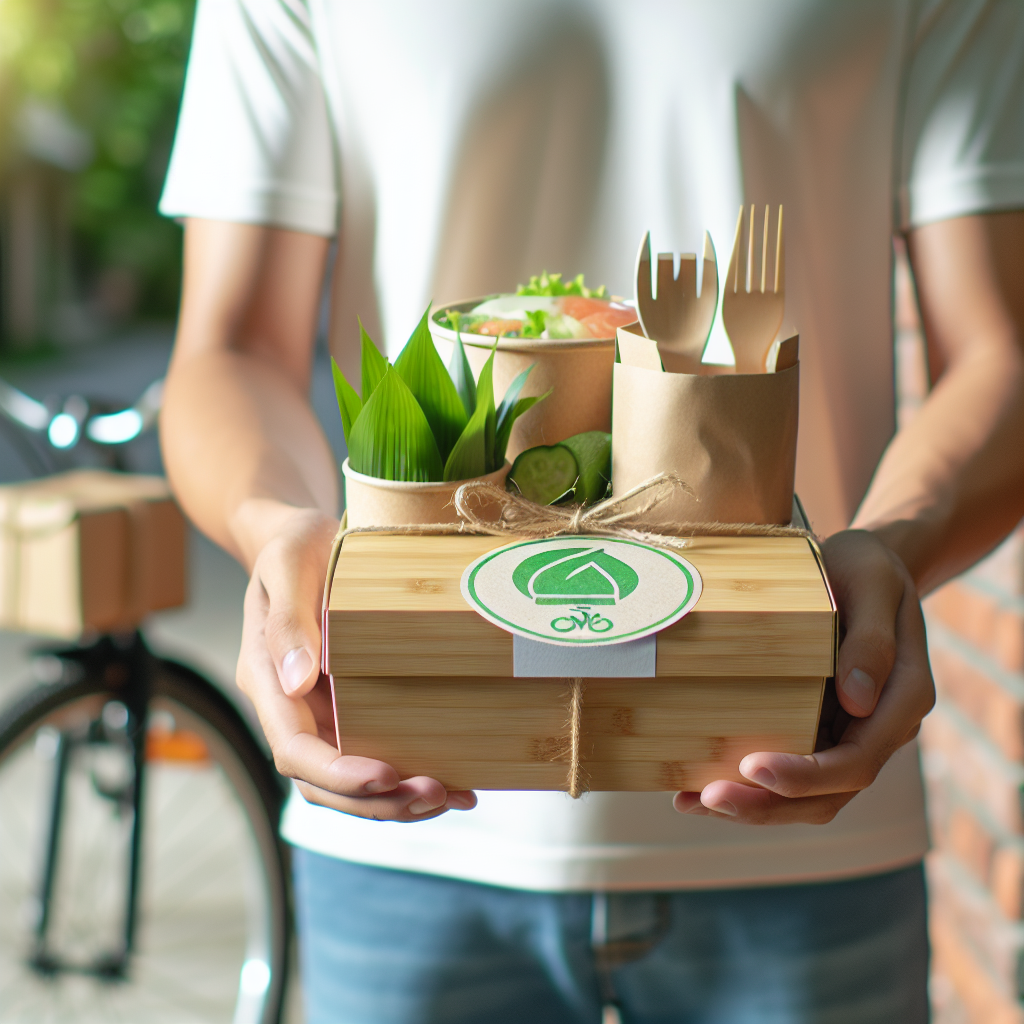In recent years, meal delivery services have exploded in popularity, offering convenience and variety to busy consumers. However, with this rise comes an increasing awareness of the environmental impact associated with food packaging. Sustainable packaging in meal delivery services is not just a trend; it’s a necessary shift toward a greener future. In this article, we will explore the importance of sustainable packaging, the types of materials used, and how consumers can play their part in this essential movement.
The Importance of Sustainable Packaging
A Shift Toward Eco-Consciousness
Consumers are becoming increasingly aware of their carbon footprints and the environmental impacts of their choices. According to a survey conducted by the IBM Institute for Business Value, 57% of consumers are willing to change their shopping habits to reduce their impact on the environment. For meal delivery services, adopting sustainable packaging solutions is a way to meet this growing demand while reinforcing their brand values.
Reducing Waste and Emissions
Traditional meal packaging often involves plastic and Styrofoam, which contribute significantly to landfill waste and greenhouse gas emissions. By opting for sustainable packaging, meal delivery services can significantly reduce their environmental impact. Using materials that are biodegradable, recyclable, or compostable means that less waste ends up in landfills, making a positive difference for our planet.
Types of Sustainable Packaging Materials
Biodegradable and Compostable Options
Biodegradable packaging materials break down naturally over time and can be composted, returning valuable nutrients back to the earth. For example, PLA (polylactic acid) made from cornstarch is a popular biodegradable option that is increasingly being used in meal delivery services.
Recyclable Containers
Recyclable packaging, made from materials like glass, cardboard, or certain types of plastic, can be reprocessed and used to create new products. Many meal delivery companies are transitioning to recyclable containers to minimize waste. It’s essential for consumers to participate in recycling efforts to ensure these materials are properly disposed of.
Minimalist Packaging
Another approach many companies are taking is to reduce the amount of packaging used altogether. Minimalist packaging not only cuts down on waste but also emphasizes the ingredients inside the box. By using adjustable compartments or repurposed materials, companies can deliver fresh meals without excess packaging, thereby reducing their footprint.
The Role of Technology in Sustainable Packaging
Innovations in Materials
Advancements in technology have led to the creation of innovative packaging materials that are more sustainable than ever before. Companies are exploring biodegradable plastics, plant-based foam, and even edible packaging. These innovations exemplify the potential for creativity in creating eco-friendly solutions in the meal delivery space.
Tracking and Transparency
Many meal delivery services are adopting technology to track their packaging’s lifecycle, from production to disposal. This transparency allows consumers to understand the impact of their choices and encourages them to engage in sustainable practices.
Consumer Responsibility: What You Can Do
Recycling and Proper Disposal
As a consumer, your involvement is crucial in ensuring that sustainable packaging achieves its intended purpose. Always check local recycling regulations and dispose of packaging responsibly. Many meal delivery services provide guidance on how to recycle or compost their packaging materials, making it easier for you to contribute to a circular economy.
Supporting Sustainable Brands
When choosing a meal delivery service, consider opting for those that prioritize sustainability. Look for companies that use eco-friendly packaging, source ingredients responsibly, and demonstrate a commitment to reducing waste. Your choices can fuel a demand for better practices across the industry.
Spreading Awareness
Advocating for sustainable practices in your community can lead to broader changes. Share your insights and experiences on social media, write reviews, or even discuss the topic with friends and family. Every conversation can help influence others to consider the environmental impact of their eating habits.
Conclusion: A Sustainable Future on Your Plate
Sustainable packaging in meal delivery services is an essential step towards a healthier planet. As consumers increasingly gravitate towards eco-conscious choices, companies must adapt to meet these expectations. By choosing sustainable options, supporting responsible brands, and advocating for more sustainable practices, you’re not just making a meal choice but also partaking in a movement towards a greener future.
Let’s embrace the positive shift toward sustainable packaging in meal delivery services together, making every dining experience a step toward a better planet.


